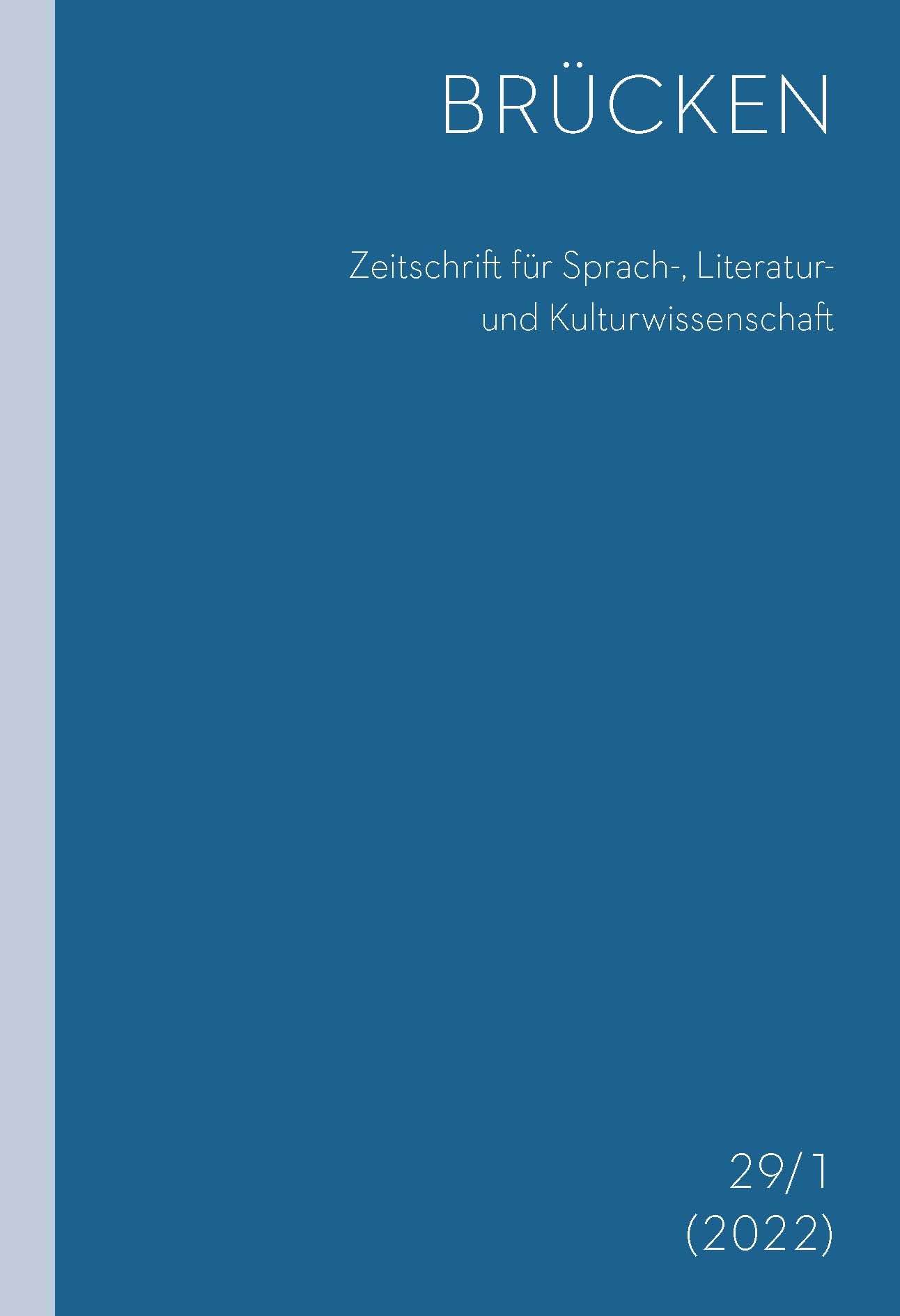Untergangsängste und Überfremdungsphobien. Zum völkischen Denkstil in der langen Jahrhundertwende
Fears of doom and phobias of foreign infiltration. On the völkisch style of thinking in the long turn of the century
Author(s): Uwe PuschnerSubject(s): Politics / Political Sciences, History
Published by: Univerzita Karlova v Praze - Filozofická fakulta, Vydavatelství
Keywords: racism; anti‑slavism; anti‑semitism; völkisch ideology
Summary/Abstract: The völkisch movement is one of the signatures of the Wilhelmine Empire and the Weimar Republic. Its foundation is a genuine racial ideology, which permeates all ideologems of the Weltanschauung („ideology“) and thus völkisch thinking. With their racial dogma, the Völkisch thought they could explain the past and present and shape the future. Above all, the present, characterised by dynamic political, economic, social and cultural upheavals and crises, was interpreted by the architects of the Weltanschauung and their supporters as a time of fundamental threat, especially to their own, ostensibly superior race. There was talk of ruin and „racial struggle“. The ‘others’, namely Slavs and Jews, who had been declared races, were held responsible. Together with other „races“ declared to be enemies, they were targets of the völkisch Weltanschauungskampf („ideological struggle“). In thou sands of books, pamphlets and articles, Völkische formulated racist enemy images and anti human catalogues of measures, infiltrated German society and stirred up aggression and hatred against perceived internal and external enemies. And not least, they provided National Socialism with the ideological tools and prepared the ground for it.
Journal: Brücken : Zeitschrift für Sprach-, Literatur- und Kulturwissenschaft
- Issue Year: 29/2022
- Issue No: 1
- Page Range: 17-39
- Page Count: 23
- Language: German

